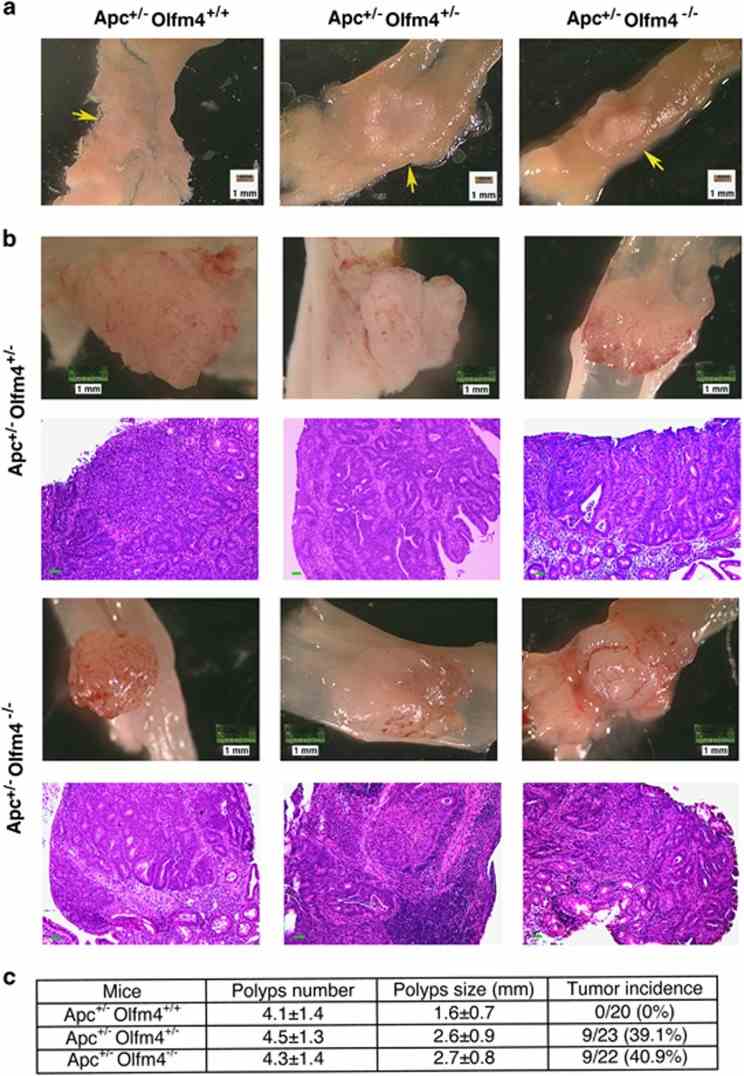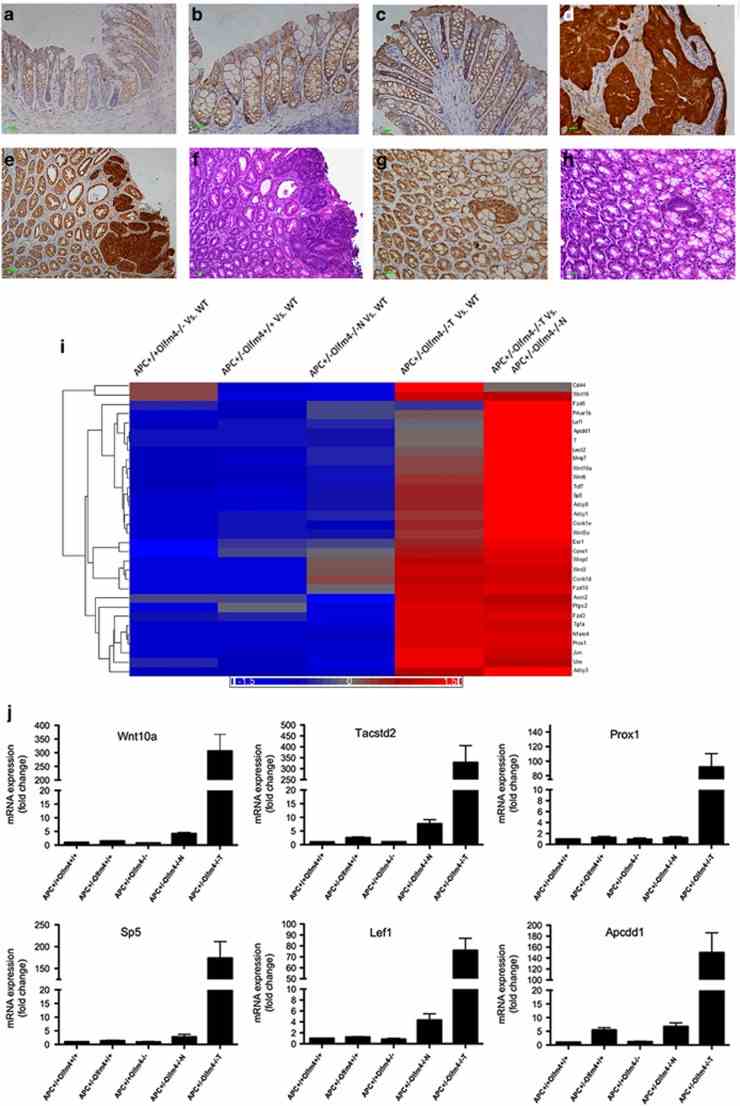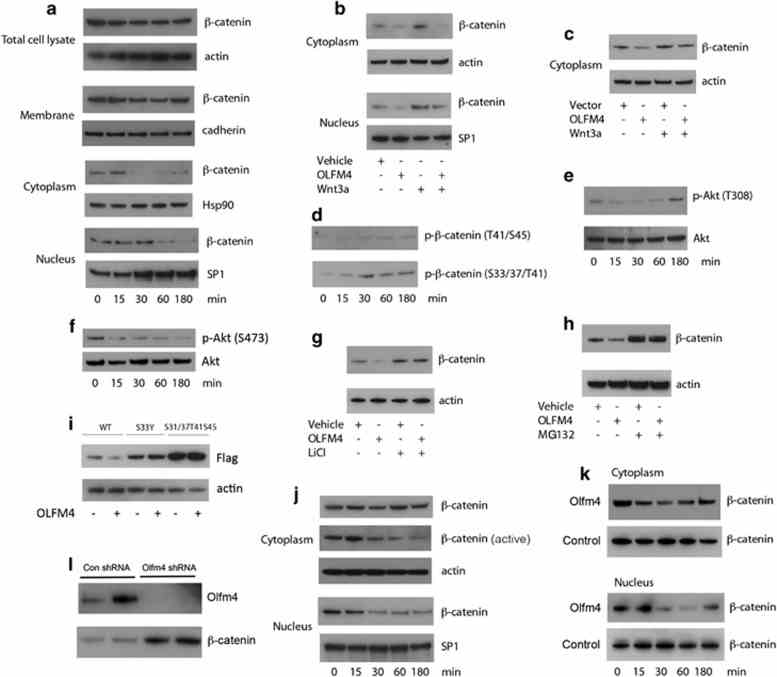Recombinant Mouse Olfm4, His-tagged
| Cat.No. : | Olfm4-9170M |
| Product Overview : | Recombinant Mouse Olfm4 protein, fused to His-tag, was expressed in HEK293F cells and purified by His-tag affinity columns. |
| Availability | December 03, 2025 |
| Unit | |
| Price | |
| Qty |
- Specification
- Gene Information
- Related Products
- Citation
- Download
| Species : | Mouse |
| Source : | HEK293 |
| Tag : | His |
| Protein Length : | 538 amino acids |
| Molecular Mass : | The theoretical Molecular Weight of the recombinant protein (approximate): 61 kDa. In SDS-PAGE under reducing conditions, the apparent molecular mass of recombinant mouse OLFM4 is approximately 65~70 kDa due to different glycosylation. |
| Publications : |
The olfactomedin-4 positive neutrophil has a role in murine intestinal ischemia/reperfusion injury (2019)
|
| Gene Name | Olfm4 olfactomedin 4 [ Mus musculus ] |
| Official Symbol | Olfm4 |
| Synonyms | OLFM4; olfactomedin 4; GC1; OlfD; pPD4; GW112; Gm296; Gm913; |
| Gene ID | 239192 |
| ◆ Recombinant Proteins | ||
| OLFM4-3222M | Recombinant Mouse OLFM4 Protein | +Inquiry |
| OLFM4-3434H | Recombinant Human OLFM4 Protein (Ile407-Gln510), His tagged | +Inquiry |
| OLFM4-3412C | Recombinant Chicken OLFM4 | +Inquiry |
| Olfm4-137R | Recombinant Rat Olfm4 Protein, His-tagged | +Inquiry |
| Olfm4-9270M | Recombinant Mouse Olfm4 protein(19-505aa), His-tagged | +Inquiry |
| ◆ Cell & Tissue Lysates | ||
| OLFM4-2429HCL | Recombinant Human OLFM4 cell lysate | +Inquiry |
| OLFM4-384HKCL | Human OLFM4 Knockdown Cell Lysate | +Inquiry |
Olfactomedin 4 deletion induces colon adenocarcinoma in Apc Min/+ mice
Journal: Oncogene PubMed ID: 26973250 Data: 2016/10/6
Authors: W Liu, S-H Hong, G P Rodgers
Article Snippet:Human OLFM4 protein was purchased from Sino Biological Inc. (Beijing, China).Human OLFM4 protein was purchased from Sino Biological Inc. (Beijing, China).. Mouse Olfm4 protein was custom-made by Creative BioMart (New York, NY, USA).. OLFM4 antibody was purchased from Sino Biological Inc. or Abcam (Cambridge, MA, USA).OLFM4 antibody was purchased from Sino Biological Inc. or Abcam (Cambridge, MA, USA).



Not For Human Consumption!
Inquiry
- Reviews (0)
- Q&As (0)
Ask a Question for All Olfm4 Products
Required fields are marked with *
My Review for All Olfm4 Products
Required fields are marked with *



